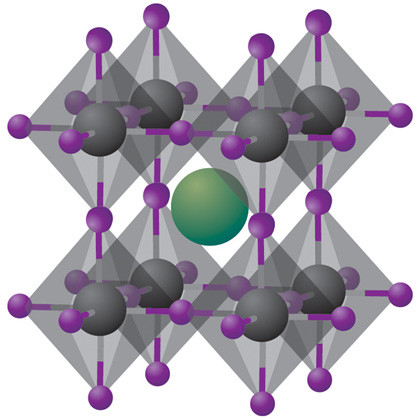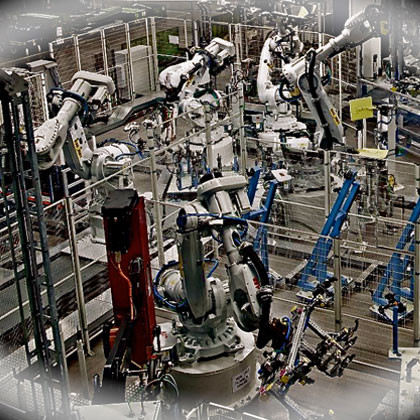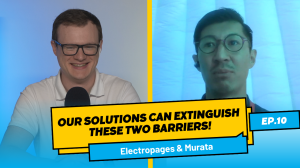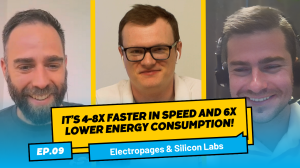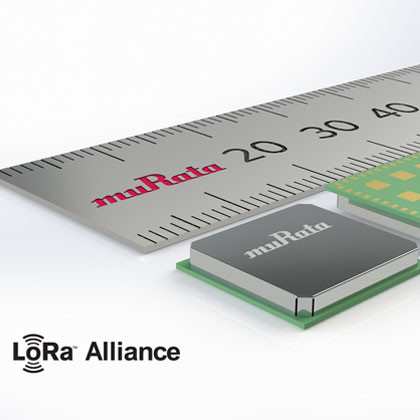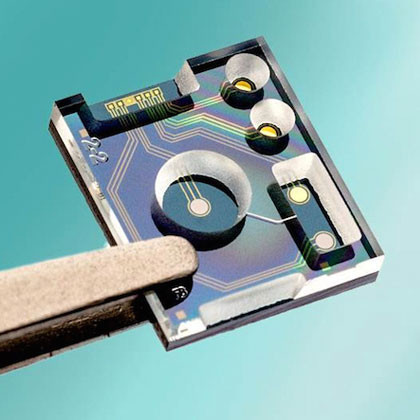Walk round any shopping mall and you’ll see parents pushing their beloved offspring in buggies with the child totally absorbed in the computer tablet or mobile phone they are playing with. The Digital Dilemma: Technology's Impact on Family Time Is this a good...
By Paul Whytock | 16-02-2017
Flexible solar cells that are more flexible than silicon-based products will create a diversity of design opportunities when it comes to portable and wearable technology. This makes organometal halide perovskite solar cells particularly attractive to design en...
By Paul Whytock | 14-02-2017
Thought your laptop was fast. Well try to imagine a computer that is 100 million times faster. This leap into binary hyper-drive is now considered a possibility with the construction of a huge quantum computer that could be just a few years away. Such a develo...
By Paul Whytock | 07-02-2017
Advances in networking mean that Industrial Internet of Things (IIoT) technology is fast approaching a situation where it becomes a practical reality. However, the application of IIoT still has a number of practical hoops to jump through. These operational cha...
By Paul Whytock | 02-02-2017
Electropages Podcasts
Electropages Podcasts
Picture this. You have just set up your exhibition booth at the Electronica 2016 exhibition in Munich only to find the neighbouring booth next to you is exhibiting products with features that are fake copies of your patented product. This is precisely what hap...
By Paul Whytock | 31-01-2017
Cadmium is the culprit and it’s used in many home electronic goods, including lighting, computers and televisions. It causes cancer and targets cardiovascular, renal, gastrointestinal, neurological, reproductive and respiratory functions. However, the majority...
By Paul Whytock | 25-01-2017
Whilst telecoms and computer market demand for semiconductor devices can best be described as mercurial the automotive industry appetite for electronic devices has been a consistent and steady growth area for the past twenty years. This comforting pattern for...
By Paul Whytock | 19-01-2017
Future owners of electric vehicles (EV) may find themselves embroiled in a technology standards war over how they re-charge their cars. And let’s face it; right now one of the major negatives of owning an EV is the time-consuming rigmarole in getting it charge...
By Paul Whytock | 17-01-2017
Year 2016 was billed by many industry observers as the year of the hacker and its certainly true that cyber criminals enjoyed bumper profits. The list of hacking examples is long. Here’s a couple. In the United Kingdom, Tesco’s bank was infiltrated and nearly...
By Paul Whytock | 10-01-2017
A principle operating characteristics for Bluetooth 5 is it must be extremely frugal regarding power consumption. To facilitate this, SIG, the Bluetooth Special Interest Group, has called for low-energy features to be integrated into Bluetooth 5 that are targe...
By Paul Whytock | 20-12-2016
As wireless connectivity is becoming the norm in all electronic devices, and even electrical appliances, the range of modules available on the market is expanding. There are many benefits to using a wireless module versus doing your own discrete design for any...
By Martin Keenan | 19-12-2016
A tiny sensor that determines pH and chloride levels in fluid simultaneously has been demonstrated by research organisation Imec and the Holst Centre. It will provide accurate measurement of ion concentrations in applications ranging from health diagnostics to...
By Paul Whytock | 13-12-2016
The CMOS integration of vertically stacked gate-all-around (GAA) silicon nanowire MOSFETs that feature a dual-work-function metal gate enabling matched threshold voltages for the n and p-type devices has been demonstrated for the first time by research centre...
By Paul Whytock | 07-12-2016
The world's first gas sensor that can take advantage of the technical characteristics of graphene has been developed by Fujitsu Laboratories in Japan. The sensor operates on a new principle in which the gate element of a silicon transistor is replaced by graph...
By Paul Whytock | 05-12-2016


